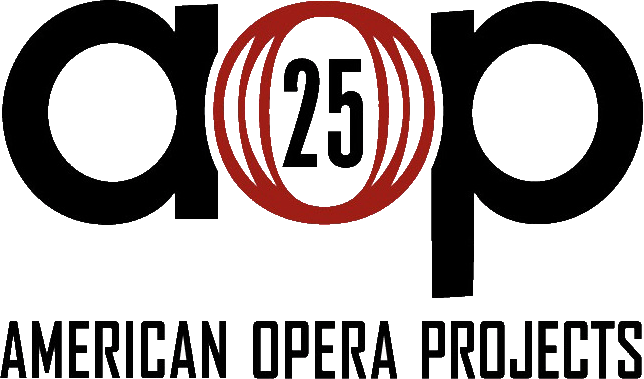
HARRIET TUBMAN:
When I Crossed that Line to Freedom
"I am Moses, the liberator,” Harriet proclaims in her final aria, pistol in hand as she urges an exhausted man to continue running toward freedom. “You keep on going or die.” With its themes of survival and deliverance, Okoye’s work would make a fitting grand opening for an opera company’s post-pandemic relaunch. "
- The New York Times -
OVERVIEW
HARRIET TUBMAN: When I Crossed that Line to Freedom is a two act theatrical work that tells of how a young girl born in slavery, becomes Harriet Tubman, the legendary Underground Railroad conductor. Based on recent Tubman biographies, the story is told in the context of Tubman’s tight-knit family of lively characters. HARRIET TUBMAN carries the universal themes of sisterhood, courage, sacrifice and doing what is necessary to keep a family together. Moreover it is a heartwarming tale of two sisters vowing that nothing but death will separate them, despite the slavery threatening to tear them apart.
Synopsis
ACT I: IN SLAVERY
Dorchester County, MD. Circa 1829.Born into slavery, young Araminta or "Minty" Ross is sent away from her family to work for plantation owners in the area. Minty encounters numerous mishaps over the years, until an accident leaves her in a coma. When she recovers, new duties have her learning lumbering from her father and brothers. Mindful of a climate in which human property can e bought and sold, she vows that "nothing but the grave" will part her from her baby sister, Rachel. As a young adult, "Minty" changes her name to Harriet and subsequently marries a free man named John Tubman. Hearing of her impending sale from home, Harriet runs away to the unknown North, aided by the local Reverend, Samuel Green.
ACT II: IN FREEDOM
Two years later, Tubman, speaks to a covert gathering of abolitionists presided over by William Still, the famed Stationmaster of Philadelphia's Underground Railroad Network. Tubman, now a seasoned part of the network, tells of her escape and ambitions of liberating her family. Supported by the abolitionists, and wages earned through domestic work, she begins rescue missions home, each time conducting small groups of family and friends to the north. While each trip is a victory, she struggles with getting Rachel to join her. Tubman's fame grows with the increasing number of runaways secreting from the community. Her escapades earn her the moniker "Moses, the Liberator."

"“Nkeiru Okoye deftly pieces together a kaleidoscopic musical fabric of disconcerting beauty... "
- I Care if You Listen -
Featured Excerpts






“Okoye’s [Harriet Tubman] is an ensemble of achingly beautiful arias, duets, trios and choruses that recount the major episodes in Tubman’s career...”
- The Baltimore Sun -
HARRIET TUBMAN was commissioned and produced by American Opera Projects (AOP) with generous support from the National Endowment for the Arts ARTWORKS Grant.


